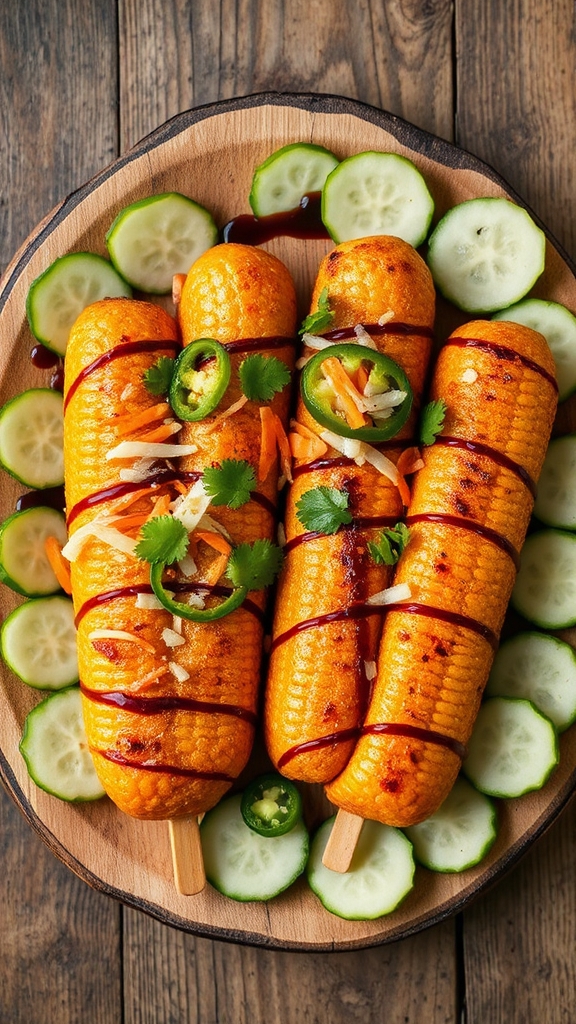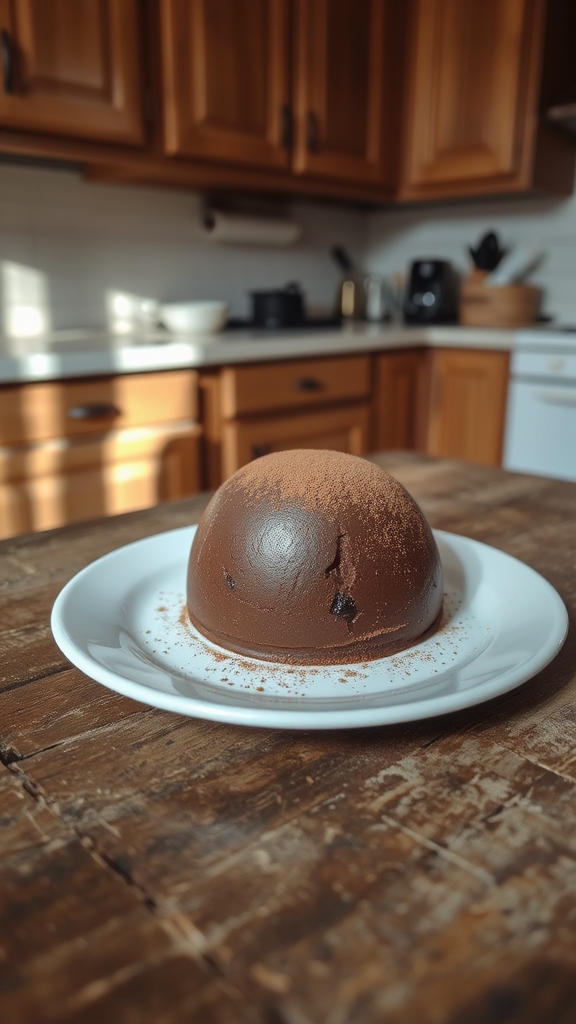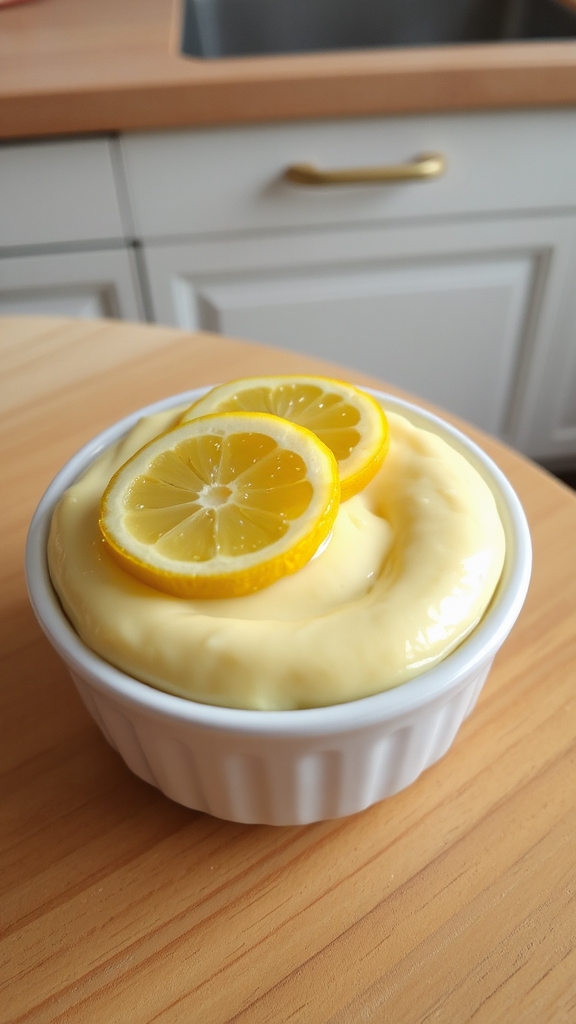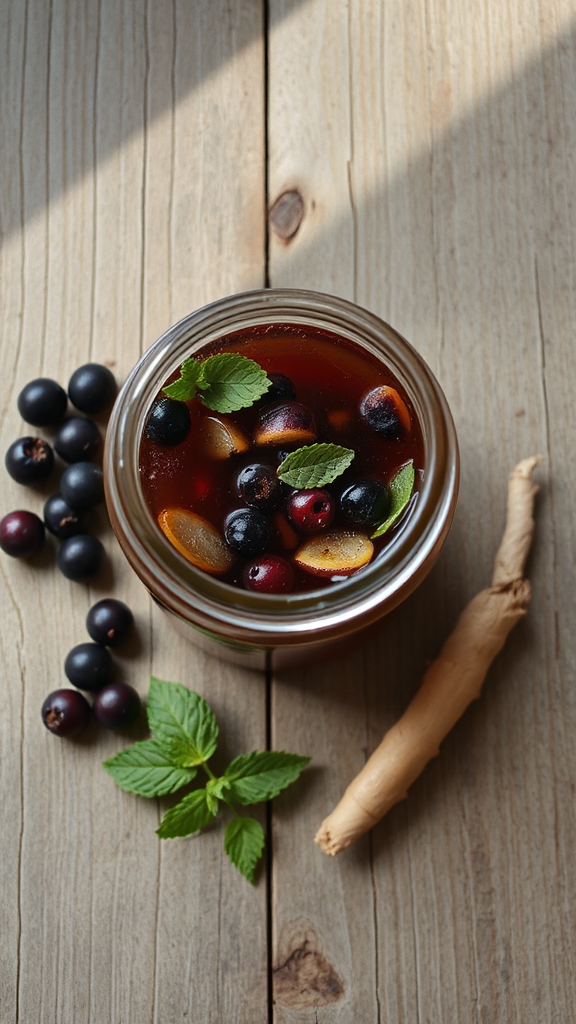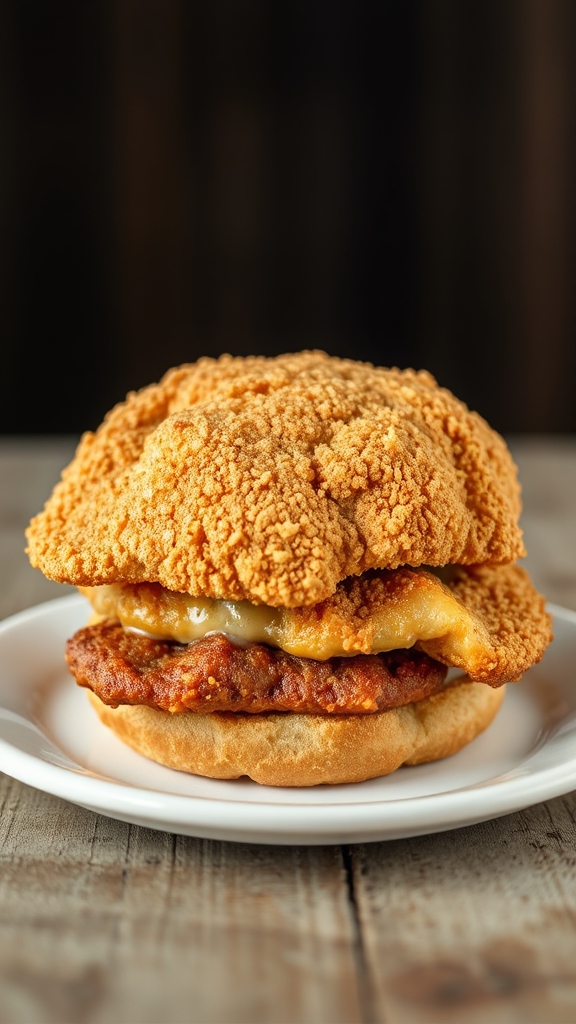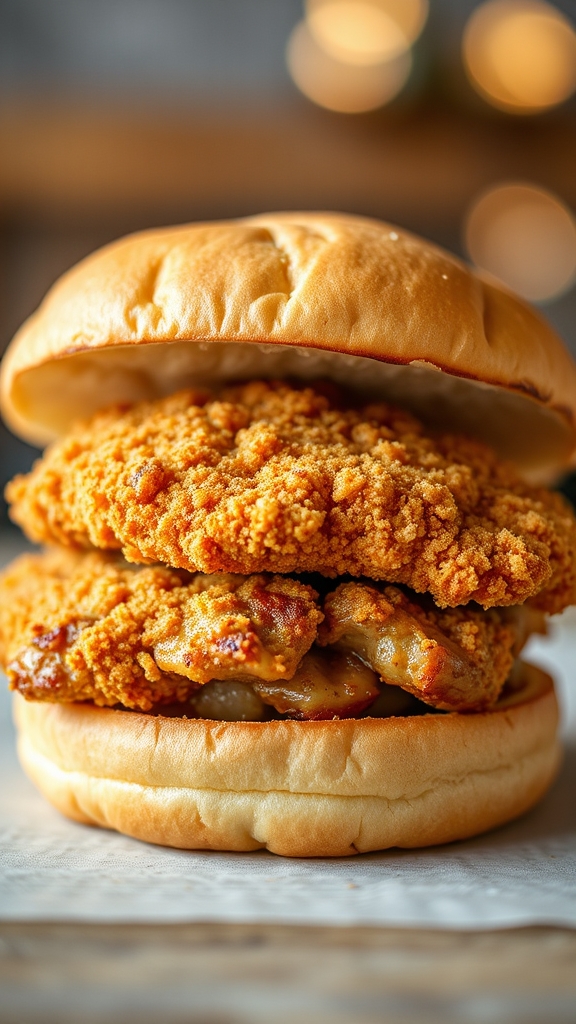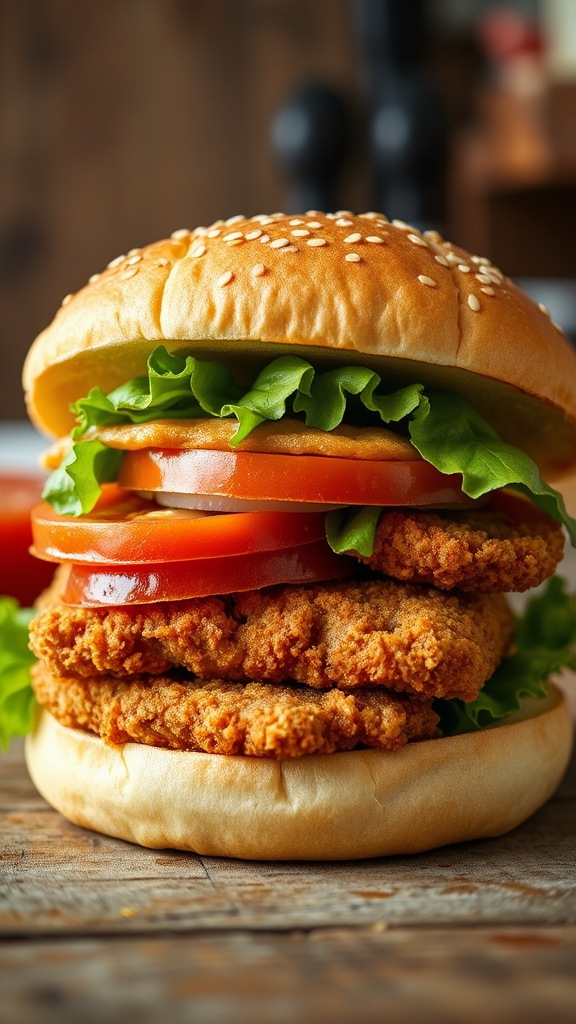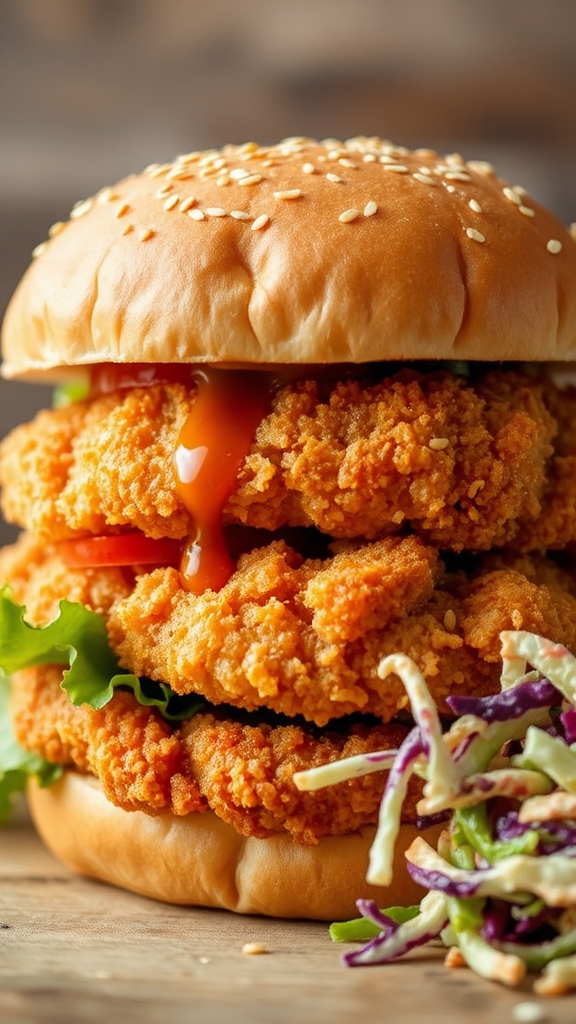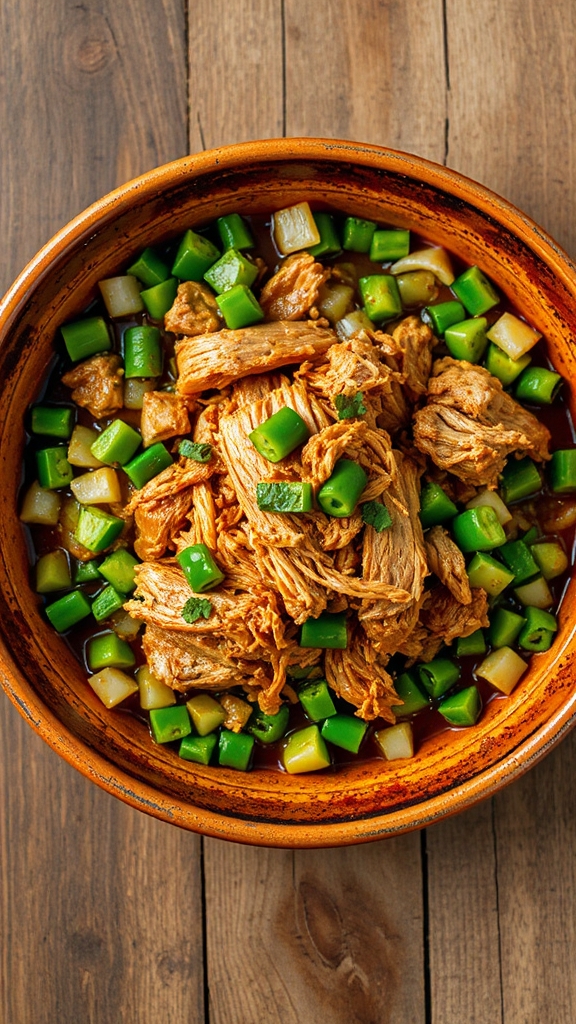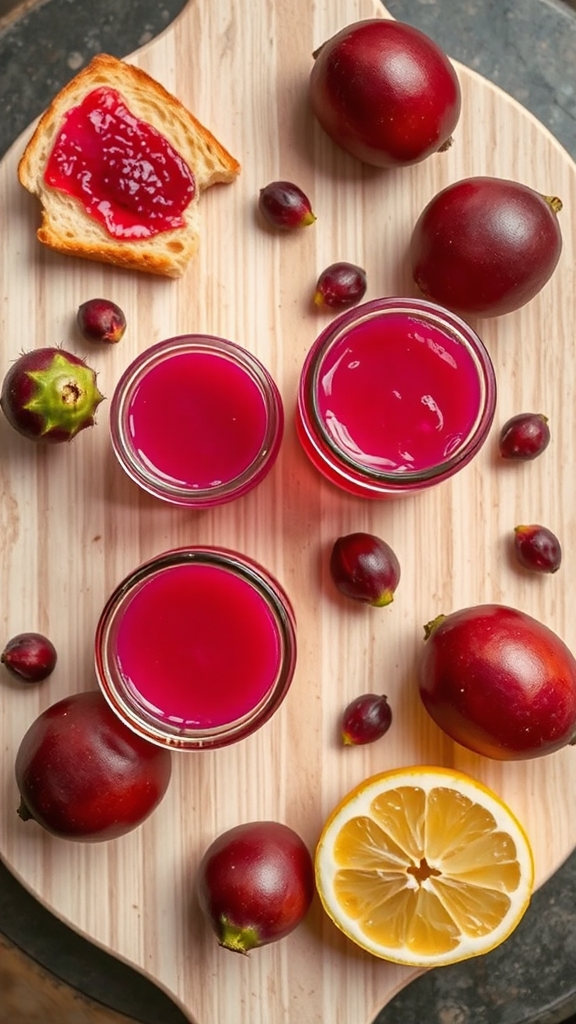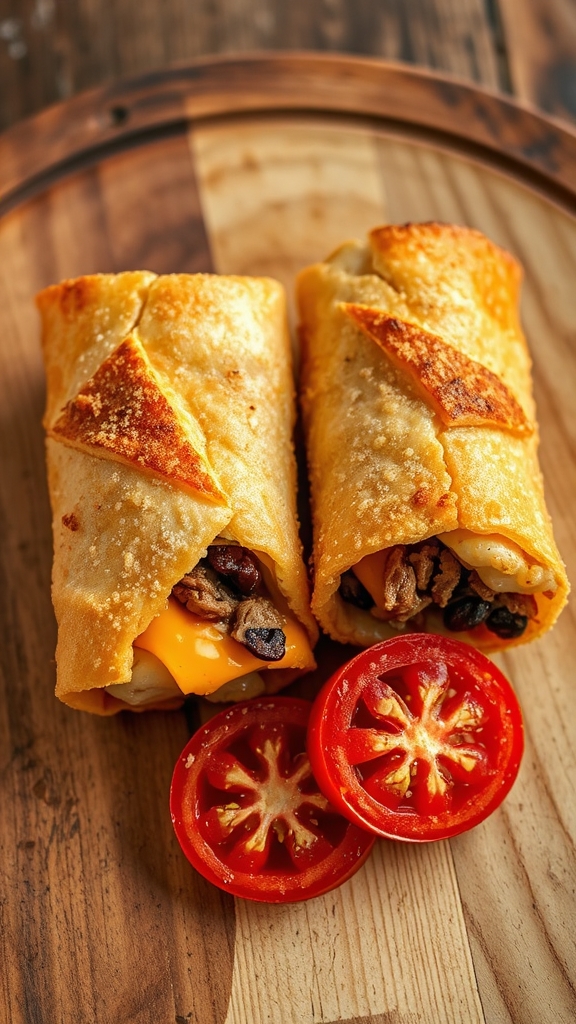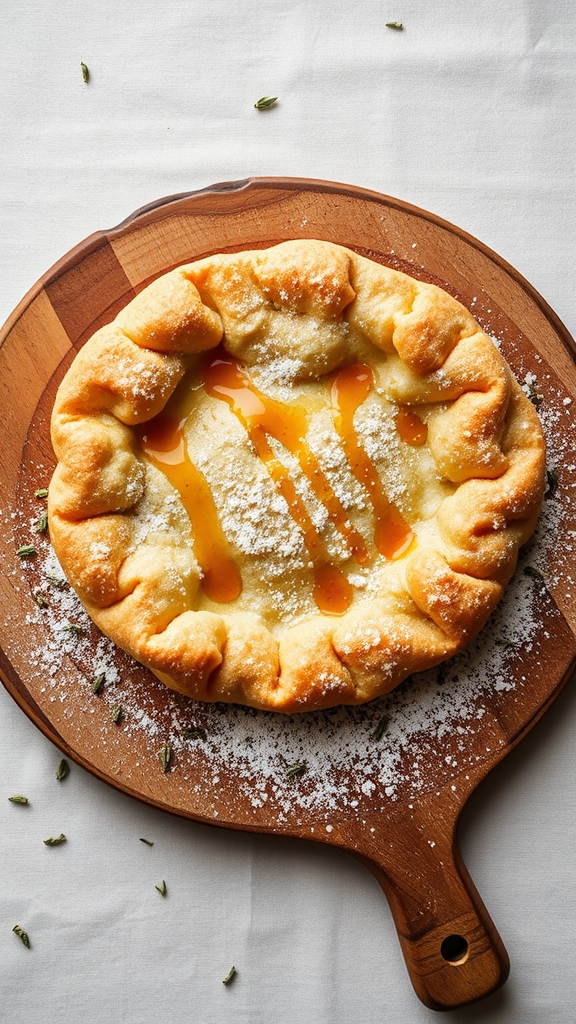Indiana: Breaded Pork Tenderloin (Oversized Schnitzel Sandwich)
Learn how Indiana's oversized breaded pork tenderloin sandwich elevates a simple schnitzel into a crave-worthy adventure worth exploring further.
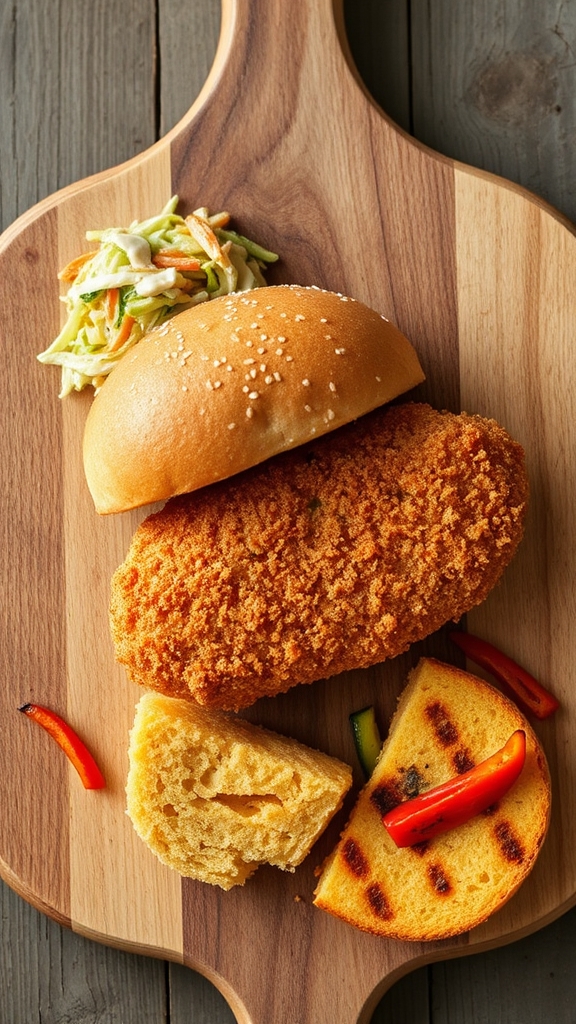
I’m sharing Indiana’s iconic breaded pork tenderloin, an oversized schnitzel sandwich that hails from Midwest immigrant roots and hearty farm traditions. I start with thick pork cutlets, coat them in flour, eggs, and breadcrumbs, then fry until crispy. It’s packed with flavor from simple seasonings like salt and paprika. If you’re curious about variations and tools, let’s explore what’s next.
History
Indiana Breaded Pork Tenderloin originated in the Midwest, particularly Indiana, as an adaptation of German schnitzel recipes brought by European immigrants in the 19th century, evolving into a beloved comfort food that reflects the region’s hearty, farm-to-table culinary heritage.
Regional variations, such as thicker breading or different spices in neighboring states, highlight local ingenuity and cultural pride, emphasizing oversized portions as a symbol of Midwestern hospitality.
Traditionally, it’s served at casual diners, state fairs, community events, and family gatherings, where it embodies everyday Americana and fosters a sense of shared tradition.
Ingredients
– Pork Tenderloins: Oh, let’s start with the main event here – those beautiful Pork Tenderloins, about 1 to 1.5 pounds each.
Because who wants a skimpy sandwich when you can have something that practically hangs over the plate like a Midwestern masterpiece.
Slice them into cutlets, maybe a half-inch thick, for that perfect golden crunch that makes you wonder why anyone settles for less.
– All-Purpose Flour: A good cup or so of this everyday flour, you know, the kind that’s always lurking in your pantry.
It’s the humble base for that crispy coating, turning ordinary meat into something folks line up for at state fairs.
Even if I’m the type to spill half of it on the counter every time.
– Eggs: Grab two or three large Eggs, whisked up in a bowl like they’re telling a secret.
They’re the glue that holds everything together, giving your breading that stick-to-your-ribs appeal.
And isn’t it funny how something so simple can make a mess of your hands while pretending to be sophisticated?
– Breadcrumbs: About 2 cups of plain or seasoned Breadcrumbs, piled high like a little mountain of potential.
Go for panko if you’re feeling fancy, or just the store-bought kind that crunches just right.
Because let’s face it, who am I to judge when my own breadcrumb choices have led to more than a few kitchen mishaps along the way.
– Salt and Pepper: A teaspoon each of salt and a half-teaspoon of black pepper, sprinkled in with that casual flair.
They’re the unsung heroes that wake up the flavors, making you pause and think.
Do I really need all this extra stuff when these two can do so much heavy lifting without any drama?
– Garlic Powder: Maybe a tablespoon of Garlic Powder, that aromatic buddy that adds a punch without the fuss of fresh cloves.
It’s like the spice that whispers promises of savory goodness.
And if I’m honest, I always add a bit extra, just because life’s too short for bland bites.
– Onion Powder: Another tablespoon of Onion Powder for that subtle depth, sneaking in like an old friend at a family gathering.
It rounds out the seasoning without overwhelming the show.
Though I suppose it’s easy to overdo if you’re not paying attention, which, well, happens to the best of us.
– Paprika: A teaspoon of Paprika, sweet or smoked depending on your mood.
It brings a hint of color and warmth to the mix, making everything look as inviting as a summer barbecue.
And isn’t it amusing how something so ordinary can turn up the visual appeal without trying too hard?
– Vegetable Oil or Frying Oil: Around a cup for frying, heated up in a skillet to that golden sweet spot.
It’s the unspectacular workhorse that gets the job done, turning your breaded creation crispy without stealing the spotlight.
Even if it leaves a little cleanup in its wake that I pretend not to notice.
– Optional Lemon Wedges: If you’re in the mood for a fresh twist, squeeze in a couple of lemon wedges for serving.
They add a zesty kick that cuts through the richness, making you question why you didn’t think of it sooner.
Though I’m the first to admit, extras like this can turn a simple meal into a bit of an adventure.
Cooking Steps
First, let’s get those pork tenderloins ready for their big transformation.
Start by taking your 1 to 1.5 pounds of pork tenderloins and slicing them into cutlets about half an inch thick – this gives you that perfect canvas for a crispy coating.
Set up a breading station with three shallow bowls: one for about 1 cup of all-purpose flour mixed with a teaspoon of salt, a half-teaspoon of black pepper, and your tablespoons of garlic powder and onion powder; another for 2 or 3 whisked large eggs; and the third for 2 cups of breadcrumbs seasoned with a teaspoon of paprika for a bit of color and flavor.
Now, onto the fun part where things get a little messy, but that’s half the charm of home cooking.
Dip each pork cutlet first into the flour mixture, making sure it’s fully coated for that essential base layer that helps everything stick.
Then, transfer it to the bowl of eggs, letting any excess drip off so you don’t end up with a soggy situation.
Finally, press it into the breadcrumbs, patting gently to assure an even, generous coating that promises a golden crunch – isn’t it amazing how a few simple steps can turn plain meat into something folks rave about at gatherings?
Once your cutlets are breaded, it’s time to cook them to perfection.
Heat about half an inch of oil in a large skillet over medium heat until it’s shimmering, which usually takes a few minutes – aim for 350°F if you have a thermometer, because nobody wants undercooked pork or a burnt disaster.
Fry the cutlets for 3 to 4 minutes per side until they’re golden brown and the internal temperature reaches 145°F, flipping once for even cooking.
After frying, let them rest on a paper towel to drain any excess oil, giving you tender, juicy results that make the effort worthwhile.
Tips and Variations
If you’re looking to jazz up your Indiana breaded pork tenderloin beyond the classic fry, consider swapping in a smoker for that irresistible smoky depth – just toss in some hickory or applewood chips to infuse the meat with a rich, layered flavor that lingers long after the last bite, almost like giving it a cozy, wood-fired hug.
And hey, while we’re dreaming up tweaks, pair those golden cutlets with sides like crunchy coleslaw, warm cornbread, or charred grilled vegetables to balance the tangy sauce’s zing; it’s one of those simple moves that can turn an ordinary plate into a crowd-pleaser, making you wonder why you didn’t try it sooner, especially when the kitchen’s full of possibilities and a dash of playful adventure.
Tools
| Tool | Purpose |
|---|---|
| Cutting board | For preparing and slicing the pork tenderloin. |
| Sharp knife | To cut and trim the pork. |
| Meat mallet | To pound the pork tenderloin thin for even cooking. |
| Mixing bowls | For holding flour, egg wash, and breadcrumbs separately. |
| Shallow dishes | For dredging the pork in flour, eggs, and breadcrumbs. |
| Frying pan or skillet | For frying the breaded pork tenderloin. |
| Tongs | To flip and handle the pork during frying. |
| Oil thermometer | To monitor oil temperature for proper frying. |
| Paper towels | For draining excess oil from the cooked pork. |
| Serving platter | To present the finished dish. |

Hi There! I'm Stephanie Miller: Elementary teacher from Columbus, OH sharing grandma's treasured American recipes! 50 years young, yoga enthusiast & kitchen storyteller. Welcome to my food family! 🍰❤️

